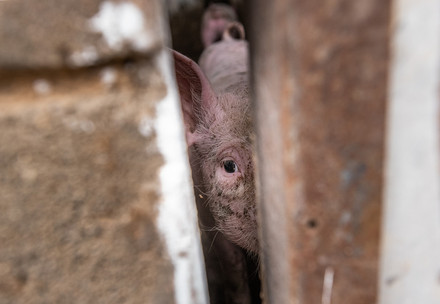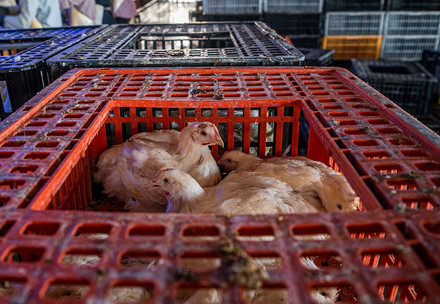As a consequence of ignoring their basic needs, animals commonly develop unwanted or abnormal behaviours. Instead of changing the causes for these behavioural disorders, merely the symptoms are treated – by mutilating the animals.
Mutilations are procedures that lead to injury, loss of a sensitive parts of the body, or to a change in the external appearance of an animal. They are commonly applied to animals in intensive farming systems. The different procedures, such as disbudding, dehorning, tail docking or beak trimming are deemed necessary to mitigate the adverse effects of inappropriate keeping conditions. Sadly, these mutilations on farm animals are still permitted, often without anaesthesia or even pain relief (depending on the regulations of the country). It used to be commonly believed that young animals do not experience pain to the same extent as older ones, but this assumption has long been proven wrong. Therefore, expert anaesthesia by a vet would always be necessary. But – in contrast to pets, like cats and dogs, where surgeries are always performed with anaesthesia and (multi-modal) pain relief – in the case of farm animals, economic profit takes precedence. Even where extremely painful procedures are undertaken, the well-being of the animals is not considered. Unfortunately, legislators and decision-makers in this area often allow themselves to be influenced by economic factors. Generally, mutilations adapt the animal to the husbandry system to avoid or decrease perceived or real problems. Alternatives often exist, but require more appropriate husbandry (management, care, housing) and may therefore cost more money and time.










